Educational_Resources
Lecture 3: BST Add - Remove - Save
Created By: Yusuf Pisan
formatted to Github Markdown syntax by Ryan Peters
Be sure to check the other lectures out after you finish this one!
Table of Contents
- Overview
- TurtleProgram Grading Rubric
- UML Class Diagrams
- Huffman Coding
- Binary Search Tree (BST)
- Queue
- Heap
- Implementing Priority Queue as a Heap
- BST vs Heap in Implementing Priority Queue
- Heap Sort
- Ass-2: Binary Search Tree
- After Class
Overview
<meta name=”duration”content=”120”/>
- Review - UML, Huffman Coding, Induction (skip)
- Technical knowledge
- Binary Search Trees - Add, Remove, Save
- Priority Queues
- Binary Heaps
- Ass-2: Binary Search Tree
TurtleProgram Grading Rubric
Automated tests Wednesday 10pm and Friday 10pm
Make sure getLength() is defined (number of strings in array)
Multiple criteria.
-5 for partially correct, -10 for not working or missing - see comments
1. private dynamically allocated array of correct size (-20)
2. Constructors: Empty, 2 parameter and Copy Constructor
3. Destructor
4. <<
5. == and !=
6. =
7. + +=
8. * *=
9. getLength
10. setIndex / getIndex
11. memory leaks
12. efficiency and complexity
13. comments.txt - tested on CSS Linux Labs
14. Coding style + ass1.zip constructed properly
All files must be in subdirectory called ass1: ass1/turtleprogram.h, ass1/turtleprogram.cpp, ass1/comments.txt and ass1/comments.txt
Automated tests on Wednesday 10pm and Friday 10pm from “JollyFeedbackâ€
UML Class Diagrams
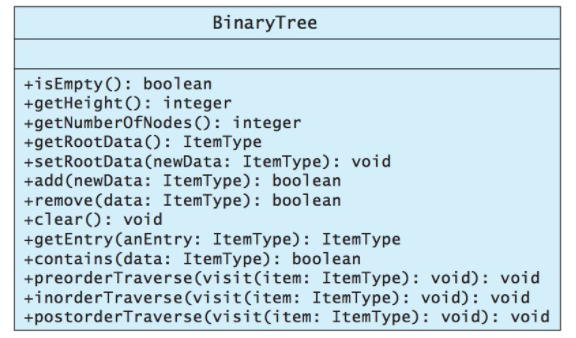
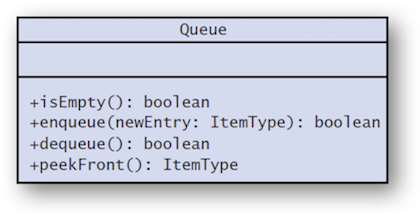
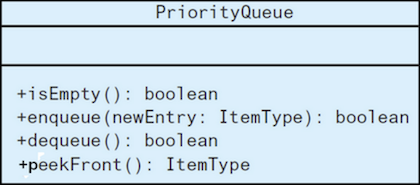
UML Class Diagrams (2)
From https://www.ibm.com/developerworks/rational/library/content/RationalEdge/sep04/bell/index.html

Savings Account inherits from Account
Account class is part of the Bank class
Account and ATM Transactions classes know each other
Huffman Coding
See example at http://courses.washington.edu/css343/zander/NotesProbs/huffmanexamples
Also some good BST information on http://courses.washington.edu/css343/zander/notes.html
Let’s do an example
d:4, r:6, s:6, h:6, i:7, n:7, a:8, t:9, o:8, e:13,
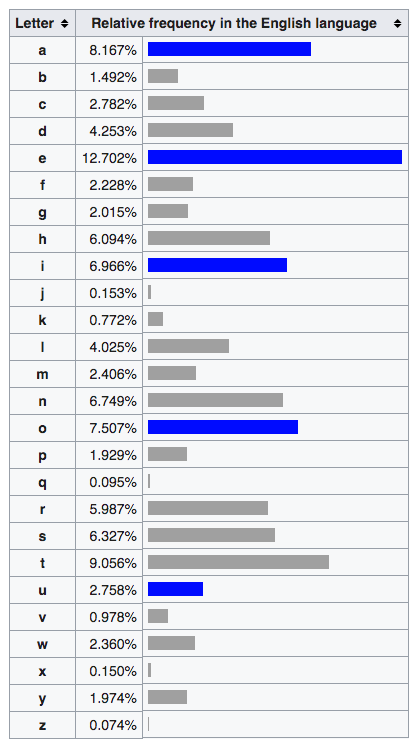
Add - Binary Search Tree - Recursive Solution
add calls private function placeNode
placeNode(subTreePtr, newNodePtr)
Search tree for newNodePtr
if search terminates at the left subtree of the parentNode
set leftChildPtr of parentNode to newNodePtr
else
set rightChildPtr of parentNode to newNodePtr
refining it (see textbook)
placeNode(subTreePtr, newNodePtr)
if subTreePtr is nullptr
return newNodePtr
else if subTreePtr->getItem() > newNodePtr->getItem()
tempPtr = placeNode(subTreePtr->getLeftChildPtr(), newNodePtr)
subTreePtr->setLeftChildPtr(tempPtr)
else
tempPtr = placeNode(subTreePtr->getRightChildPtr(), newNodePtr)
subTreePtr->setRightChildPtr(tempPtr)
return subTreePtr
Add - Binary Search Tree - Iterative Solution
If visiting all tree nodes, recursion is probably needed.
Add should not visit all tree nodes!
if the rootPtr is nullptr
set rootPtr, return
else
set curr to rootptr
while not inserted
if newNodePtr->item < curr->item
if curr->left is nullptr
add the new node to left
set inserted to true
else
set curr to curr->left
else
// newNodePtr->item >= curr->item
// same for right node
Remove - Binary Search Tree
Find the item and if found remove it and return true, else return false
There are 3 cases to consider when removing N
-
N is a leaf - easy, set parent to nullptr
-
N has one child - ok, promote child to N’s position
-
N has two children - difficult
For Case 3, we need a different strategy.
-
Pick another node M to remove.
-
Copy the item in M to N’s location, therefore deleting the item at N.
-
Remove the node M
How can we choose M so we preserve the BST properties?
All the items in N’s right subtree are greater than the item in N. Where is the smallest of these items? The leftmost branch of N’s rightChild! This item is called the inorder successor of N
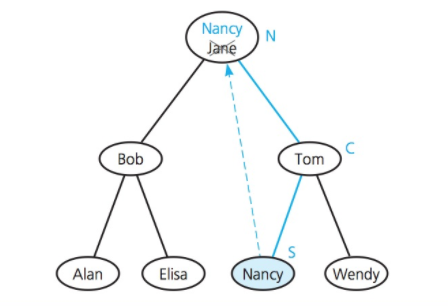
Group Exercise: Removing Nodes

For each exercise below, start with the original tree above
-
Remove 50, Remove 40
-
Remove 20
-
Remove 60
When to use Different Traversals
Inorder: sorted values
Preorder: clone tree, count nodes, prefix algebraic expression
Postorder: postfix algebraic notation, deleting tree
Saving BST to File or Array
Save the BST using inorder traversal, we get a sorted list of items, smallest to largest.
Reading it back, we want the middle item to be the root, so
If n is odd, read n/2 items as left subtree, read root, read n/2 items as right subtree

If n is even, one subtree needs to have one extra element.
Tree Sort
Add an array’s entries to BST.
Traverse BST in inorder, copy the values back to array
Additions: average O(log n), worst case O(n)
n additions: average O(n x log n), worst case O(n^2^)
traversal and copy: O(n) which is smaller than both average and worst case
tree sort: average case O(n x log n), worst case O(n^2^)
Re-Balancing a Binary Tree
What does it mean to be balanced?
AVL Trees - balanced binary search tree
https://en.wikipedia.org/wiki/Tree_rotation

We’ll get to them later!
Queue

FIFO - first in, first out (lunch queue, printer queue, …)
Implementation: Linked list

Implementation: Array based (keep track of front and back indexes)

More advanced version - circular array
Priority Queue

TODO Lists, Simulations
Implementation: Linked list

Heap
MaxHeap: Complete binary tree whose root is greater than its children
MinHeap: …
Not a binary search tree!


Heap - Array Based Implementation
- Heap has to be complete, filled from left to right
- We know the index of each node based on level i
- left: 2 * i + 1
- right: 2* i + 2
- parent: (i - 1) / 2

Keep track of itemcount and maxItems
Heap - Add

-
Add the new node to the next available spot
-
Bubble up, swapping values with parent until Heap property restored
Heap - Remove

- Remove the node, we now have 2 semiheaps
- Last node that was added to the heap, becomes root
- Trickle down, swapping root value with child value (while child value larger)
Implementing Priority Queue as a Heap
Highest priority is at the root of MaxHeap


BST vs Heap in Implementing Priority Queue
If we know the maximum number of items in priority queue, heap is better
Heap is blanced, BST can become unbalanced degrading performance
If multiple items have the same priority, we can maintain a list at the node
When last item in the list deleted, node is deleted
Heap Sort
- Partition the array into Heap and Sorted parts
- Remove the root of the Heap, transfer it to Sorted
- Heap is smaller and has to be rebuilt. Sorted now has one more element
- Keep removing until Heap is empty



Ass-2: Binary Search Tree
Implement a BST
- add, contains, inorderTraverse, getHeight, getNumberOfNodes, rebalance
- rebalance requires writing all nodes to an array and rebuilding the tree from scratch
- Adding any ItemType, using Templates. BUT, build your BST for string first and then convert!
- I will provide the menu and some basic code
1. Add
2. Search
3. Inorder traverse
4. Height & Number of nodes
5. Rebalance
6. Add Multiple
10. Exit
>> 6
Enter multiple strings: g k d p i c a b
Added g
Setting right child of g to k
Added k
Setting left child of g to d
Added d
Setting right child of k to p
Added p
Setting left child of k to i
Added i
Setting left child of d to c
Added c
Setting left child of c to a
Added a
Setting right child of a to b
Added b
p
k
i
g
d
c
b
a
1. Add
...
3. Inorder traverse
...
10. Exit
>> 3
a b c d g i k p
1. Add
2. Search
...
10. Exit
>> 2
Enter a string: i
Found i
1. Add
...
4. Height & Number of nodes
...
10. Exit
>> 4
Height: 5
Number of nodes: 8
After Class
- No class Monday
- Read Priority Queues, Binary Heaps if you have not yet
- Post to slack about some technical knowledge you are proud of
- Post tips or problems with CSS Linux Lab
- Work on Assignment-1
- Work on creating Binary Search Trees
- Start simple
- Grader: Thomas Kercheval kercht@uw.edu
- Available for questions on Friday Jan 12, 1-2pm in front of UW1-260Q